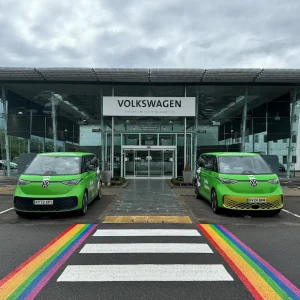The Government has pledged to increase public spending on transport infrastructure by 2.25% above inflation until 2018. The aim is to allow long-term planning of major capital projects such as the widening of motorways and new rail links.
As a result the transport budget will rise to £14.5bn a year by 2010. The Chancellor said this would help to pay for “widening of the M1 and M6, regeneration of transport networks and upgrading of the rail system, including Crossrail”.
The Government is responding to the Eddington Transport Study, which found that a 5% reduction in travel time for all business and freight travel on the roads could generate around £2.5bn of cost savings – some 0.2% of GDP. The Government pledged to “deliver reliable and efficient transport networks that support economic growth”.
However, it is unclear how much of this extra money will go into roads. A sum of £15.3bn has been allocated to the railways over 2009-2014 to “enhance capacity on the rail network”. There is also £5bn allocated to Crossrail, the new underground line linking east and west London.
Road pricing is still on the agenda. The Government confirmed the Local Transport Bill will increase flexibility for local authorities to introduce road pricing schemes as part of packages of measures to tackle local congestion problems. The Department for Transport (DfT) continues to work with local authorities that have submitted or are considering a bid for Transport Innovation Funding to support such packages.
The DfT is also inviting industry to demonstrate the feasibility of distance-based road charging where the charge varies according to time of day and place. A number of companies have expressed interest in participating in these demonstrations.
The Chancellor announced on 1 October 2007 that vehicle excise duty for heavy goods vehicles (HGVs) would be frozen in 2008-09.





